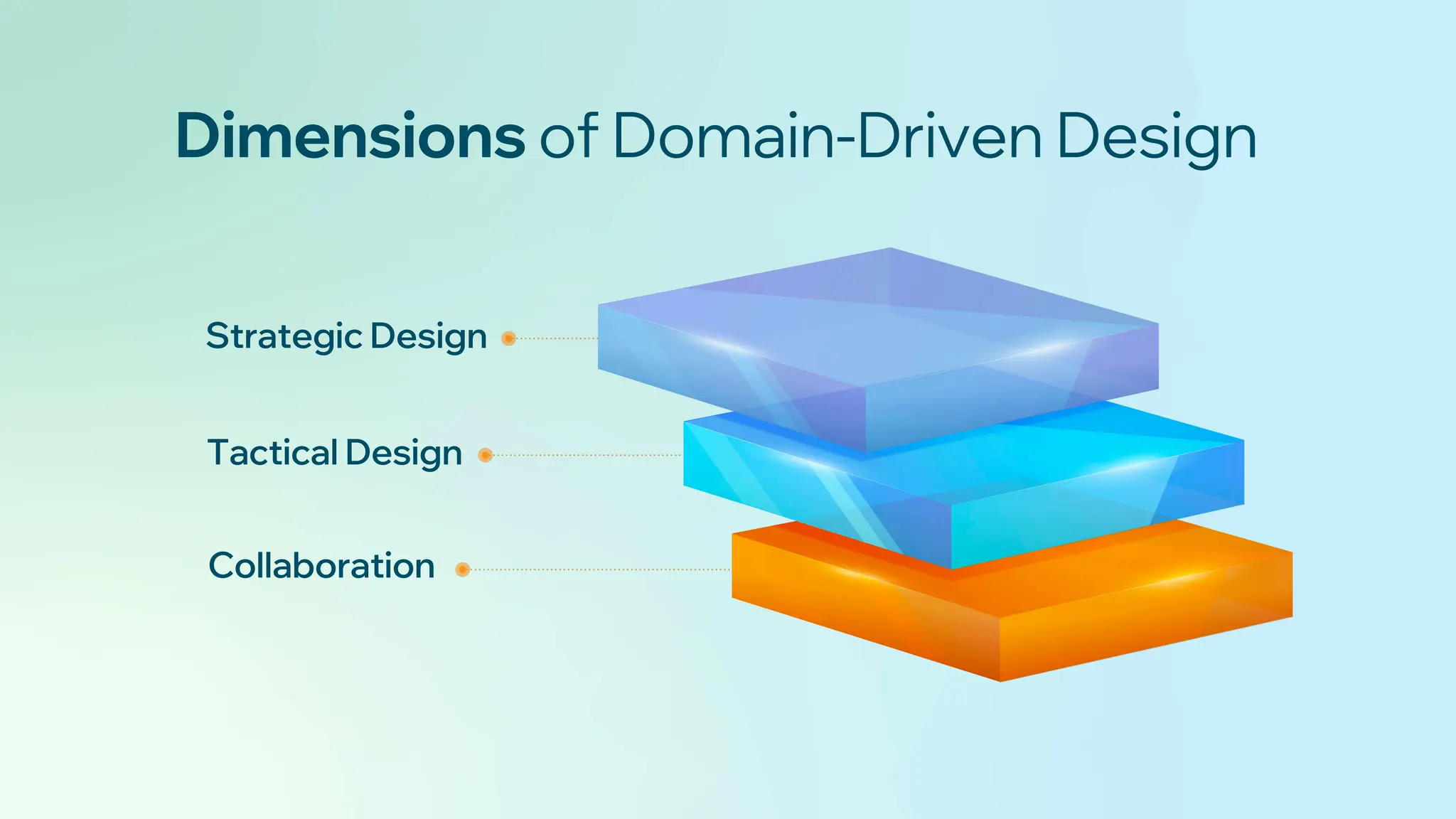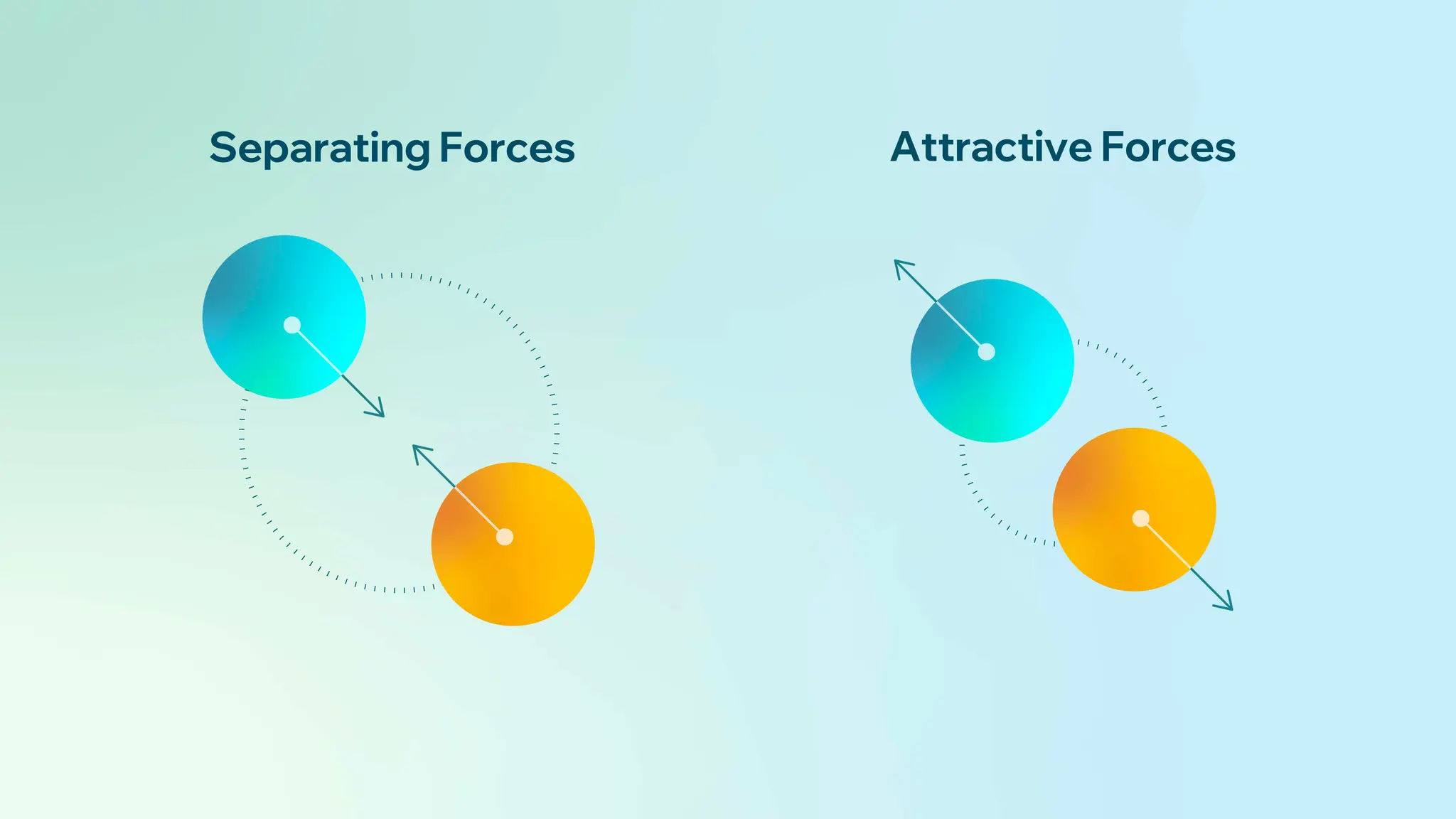Aligning Business and Technical Architecture Through Domain-Driven Design
This guide explores how Domain-Driven Design helps teams align business capabilities with technical architecture, turning complex systems into scalable, strategic assets.

Why do so many software projects drift apart from the business goals they were meant to serve? It’s often due to a disconnect between technical architecture and business reality. The result is brittle systems, slow feature delivery, and development teams who are building software that, while technically functional, misses the business mark.
Domain-Driven Design (DDD), pioneered by Eric Evans and elaborated by Vaughn Vernon, is the strategic bridge over this gap. This article outlines CodeLink’s structured process for architecture design, validated against established DDD principles and microservices patterns, to deliver resilient, high-value applications.
What is Domain-Driven Design (DDD)?
DDD is an approach to software design that puts the business domain (its rules, language, and logic) at the core of development. It ensures technology and business evolve together by introducing a shared language for everyone to model problems the same way.
At its foundation, DDD focuses on three dimensions:
-
Strategic Design: This is the "macro" view. It's about mapping your entire business landscape into Subdomains (logical business capabilities) and Bounded Contexts (clear boundaries where a specific model applies).
-
Tactical Design: This is the "micro" view. It provides the building blocks for your model, such as Entities, Value Objects, Aggregates (consistency boundaries), and Domain Events.
-
Collaboration: DDD insists on a Ubiquitous Language - a shared vocabulary developed by domain experts and developers. This language is used in all conversations, documentation, and code, eliminating the "lost in translation" errors that plague complex projects.

Step 1: Defining System Operations
Before you design a single service, you must understand what the system does. We bridge business requirements and executable actions by defining System Operations.
Drawing from DDD’s focus on precise domain modeling, start by capturing functional requirements in the form of user stories or scenarios that reflect real-world business needs. This practice shifts the perspective from the abstract "what" to the concrete "how," specifying the core actions that alter business entities.
For instance, in an e-commerce platform, a single "Place Order" feature is actually a complex operation involving:
-
Checking inventory availability
-
Validating customer details
-
Processing the payment
These types of operations should be categorized by their execution model:
-
Synchronous: Needs an immediate response.
-
Asynchronous: Can be decoupled and processed in the background.
-
Scheduled: A batch task.
Non-functional aspects, including latency, scalability, and security, must also be specified to ensure operations meet performance benchmarks.
Step 2: Identifying and Defining Subdomains
With your operations defined, the next step is to map the business domain itself.
Subdomains are the logical partitions of your business, each encapsulating cohesive capabilities that can be managed by a dedicated team. In DDD terminology, these align with strategic subdomains:
-
Core: The differentiator that gives a company its competitive edge.
-
Supporting: Essential but non-differentiating processes.
-
Generic: Commoditized functions that can often be bought off-the-shelf.
For example, in an online learning platform, Course Management (core) and Recommendation Engine (supporting) are two distinct subdomains, each with unique processes.
For this step, collaboration with domain experts is key to uncovering nuances and mapping business capabilities. Techniques like Event Storming, popularized by Vaughn Vernon, come in handy. By getting domain experts and developers in a room to map out business processes using domain events (e.g., "Order Placed," "Payment Processed"), natural boundaries and dependencies quickly become visible.
Balancing Between Separating and Attractive Forces
Once you see your subdomains, the big question is: "Does this become its own microservice?" Deciding when to decompose involves a trade-off between forces pushing for separation and forces pulling for cohesion.

Separating Forces push you to split subdomains into separate services:
-
Complexity: Isolate a highly complex area (like a GPU-intensive AI subdomain) from simpler, high-traffic areas (like lightweight authentication) to keep both maintainable.
-
Ownership and Team Autonomy: Assign clear ownership of a service to a single team. This allows them to develop, deploy, and scale independently, reducing coordination overhead.
-
Testability: Decouple dependencies to facilitate isolated testing (e.g., separate task management from notification delivery).
-
Technology Stack and Resources: Use the right tool for the job. You may want Python for machine learning, but Node.js for a real-time API.
-
Business Criticality: Prioritize isolation for high-impact areas. Your payment processing should have 99.999% uptime, even if your analytics dashboard is down.
On the other hand, Attractive Forces pull you to keep subdomains grouped together:
-
Interaction Complexity and Performance: If two subdomains are "chatty" and require frequent, high-speed communication, co-locating them in a single service reduces network latency (e.g., combining user management and user notifications).
-
Consistency Requirements: If you need strong transactional guarantees (e.g., updating an account balance and user status at the same time), keeping them in a single Bounded Context (and service) avoids the nightmare of distributed transactions.
-
Design-Time Coupling: If two subdomains always change together, merging them simplifies refactoring and deployment.
By weighing these forces, you can define Bounded Contexts that are both technically sound and aligned with your business and team structures.
Step 3: Defining Services and Their Collaborations
With subdomains identified, group them into services that implement Bounded Contexts, often as microservices for modularity. Prioritize operations by business criticality and technical risk to address high-impact areas first.
For each operation you defined in Step 1, create a realization:
-
Assign Subdomains to Services: Map involved subdomains to existing or new services, using the "Separating vs. Attractive" forces as your guide.
-
Design Collaboration Elements: Define how these services will communicate. This is where you apply established patterns, such as APIs for synchronous calls, domain events for asynchronous notifications, or sagas for orchestrating multi-service transactions.
Event-driven architectures, often supported by patterns like Event Sourcing, further decouple services while maintaining eventual consistency.
Step 4: Evaluating the Architecture
An architecture is never "done", but rather a living system that must be evaluated continuously. Architecture evaluation, in this light, is about how faithfully the system models the business domain and enables shared understanding between developers and domain experts.

Key metrics to watch:
-
Team Autonomy: Are teams truly independent? If a simple change requires a "council meeting" of five teams, your Bounded Contexts are likely too large or poorly defined.
-
Coupling and Cohesion: Do changes in one service constantly cascade and break others? This signals high design-time coupling and a need to realign boundaries.
-
Performance and Availability: Are critical operations bottlenecked by too many network hops? You may need to co-locate services or switch from a synchronous to an asynchronous pattern.
Step 5: Refactoring the Architecture
As domain knowledge deepens, your initial assumptions might be proven wrong. This is not a failure; it's a sign of a healthy, learning organization. When such a case happens, proactively refactor:
-
Adjust Collaborations: Transition from synchronous to event-based patterns for resilience.
-
Reassign Subdomains: Move elements between services to better fit Bounded Contexts.
-
Split Subdomains: Decompose complex areas for clarity, aligning with Aggregates to enforce clearer consistency boundaries.
Conclusion
Adopting this DDD-guided process transforms architecture from a rigid, top-down technical exercise into a collaborative, evidence-based practice. It's the antidote to technical debt, team silos, and business-IT misalignment. For deeper exploration, consult foundational texts by Evans and Vernon.
Want to see how these principles can untangle complexity in your own systems? Let's talk about how CodeLink can map your domain and build an architecture that’s ready for the future.

An Le
Software Engineer
An Le is a proficient Full-Stack Engineer with 4 years of experience, delivering high-quality software solutions across web platforms. He has a strong track record of building, re-architecting, and enhancing systems to improve performance, scalability, and maintainability, ensuring that applications run efficiently using JavaScript and Typescript. In addition to full-stack expertise, he is skilled in AI development and cloud infrastructure.

